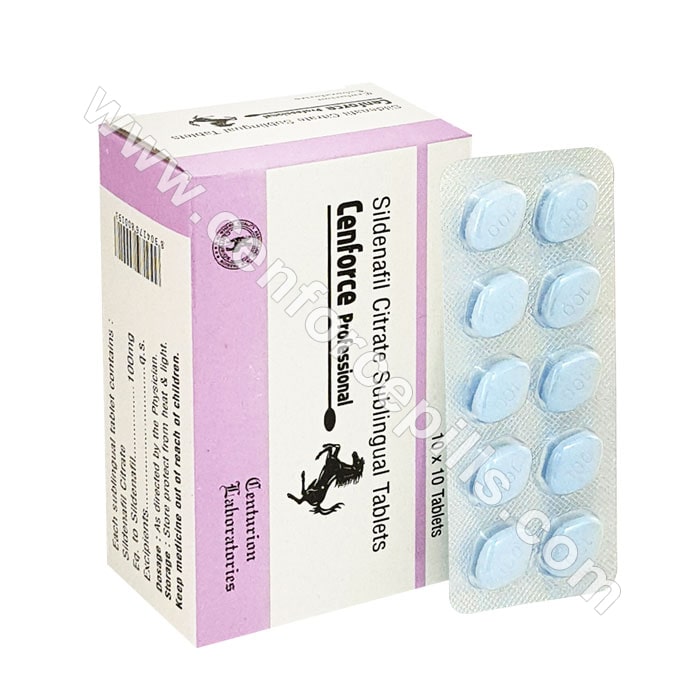Abdominal Laparoscopic Approach to Liver and Pancreas

Table of Contents

Reducing the parietal trauma associated with laparoscopy allows the immune response to be preserved, potentially reducing the risk of infectious complications and tumor dispersion. A significant increase in tumor growth factor demonstrated after midline laparotomy compared to laparoscopy in animals.
For a large number of reasons use of simulators is a prudent choice like Lap Trainer Box.
Liver
Recent progress in the preoperative evaluation of patients and improvement of surgical techniques and the development of new instruments have largely contributed to the development of hepatic surgery by open routes in healthy and cirrhotic liver. The first non-anatomical and anatomical laparoscopic resections described in 1991 and 1996. Laparoscopic liver surgery is still in its early stages and scientific evidence of its benefits over open surgery has yet to provide.
The main controversies of laparoscopic surgery for oncologic liver resection are the risks of incomplete resection, air embolism, difficult to manage bleeding and prolonged operating times. In their review. Demonstrated that there was no significant difference in positive resection margin between the laparoscopic and open groups, with postoperative mortality of less than 10% in both groups. Oncological rules are similar to the open route and must include no-touch technique, R0 resection, as well as a resection margin.
Resection
The extent of the resection margins, however, does not seem to affect the oncological prognosis, when the resection is complete, without exposure of the tumor. The difficulty in obtaining resection margins in healthy tissue arises from the absence of digital palpation. The use of intraoperative ultrasound allows laparoscopically visualize the relationships of the tumor to vascular and biliary structures, also confirms the three-dimensional nature of the lesion, its stage and its extent.
The risk of air embolism mainly related to dissection of the veins during pneumoperitoneum. The incidence described was 3% out of over 300 laparoscopies. Inadequate liver exposure is the most common cause of conversion to laparotomy for uncontrolled bleeding (23% of patients).
The determining factors in the selection of patients for laparoscopic liver resection are the location of the lesion and its size. Small lesions (maximum diameter-5 cm). Superficial or peripheral mainly located in the left lateral segments (segments II-III) or in the anterior segments of the right liver (segments IV, V, VI) constitute good indications to laparoscopic approach.
Large tumors (located in the posterior and / or superior segments), as well as lesions close to the portal bifurcation or the hepatic junctions are definite contraindications to laparoscopic surgery. Demonstrated in their case-control study of left lateral lobectomies that the laparoscopic approach was as safe as open surgery, with reduced blood loss and local complications, albeit with prolonged operative and clamping times. The use of instruments specific to hepatic surgery, such as the harmonic scalpel , the Argon beam, endo-staplers and glues, makes it possible to reduce bile leaks, blood loss, and thus operating time and risk of per- and postoperative complications.
Pancreas
Although the epidemiological data concerning long-term survival of pancreatic cancer indicate a very poor prognosis. Recent articles from tertiary centers show a survival of0 to 80% at five years. The determining prognostic factors are the specific surgical experience and the number of cases operated on per year, as well as a resection with negative section (OR). Laparoscopy first used as a staging instrument, having a direct impact in more than 30% of patients.
Making it possible to demonstrate extra-pancreatic involvement, or even peritoneal carcinoma. The development of CT-scan and / or MRI imaging has, considerably limited the role of laparoscopy in terms of operability assessment by its precision. The length of the procedure and the difficulty of dissection limited the development of laparoscopic pancreatic resection. Distal pancreatectomy and endocrine cancer enucleation are the most widely described oncological indications in laparoscopy. The number of distal pancreatectomy laparoscopic comprises over 400 cases and the mortality rate described under 8%.
Recent Study
A recent multicenter study comprising 90 patients operated on for a distal pancreatectomy reported 6% of fistulas, 5% of local collections, and 5% of hemorrhages. Demonstrated in their case-control study, comparing distal laparoscopic and open pancreatectomy, a decrease in hospital stay in the laparoscopic group, with rates of pancreatic leaks and similar general complications. Laparoscopic cephalic resection of the pancreas is currently very controversial and its benefit has not demonstrated.
Technical difficulties, such as performing the pancreatic-intestinal anastomosis, as well as the lack of scientific evidence mean that this intervention is limited to patients selected in highly specialized centers. Recently described their experience of four patients, indicating an average blood loss of 25-ml. operative time of almost 7 hours (416 min) and a hospital stay of twelve days without complications from the surgery. A recent series of 5 patients operated on for cancer reported an operative time of 6 hours (5-11 hours), blood loss of 95 milliliters (85-600 ml) and an average hospital stay of 30 days.
Complications were marked by three delayed gastric. Emptying two bile leaks, one pancreatic leak, jejunal stump necrosis, and retroperitoneal abscess. No study has validated laparoscopic pancreatic resection in invasive oncological indications with lymph node dissection, given the lack of long-term survival data. However, intracanal lesions, precursors of invasive cancer, could be an indication of choice for laparoscopy.
Conclusion
This difference in the production of tumor factors, as well as the preservation of immune function, would be elements in favor of “minimally invasive” techniques, allowing an improvement in survival and a reduction in distant recurrences.
For more information visit our website: www.gerati.com



